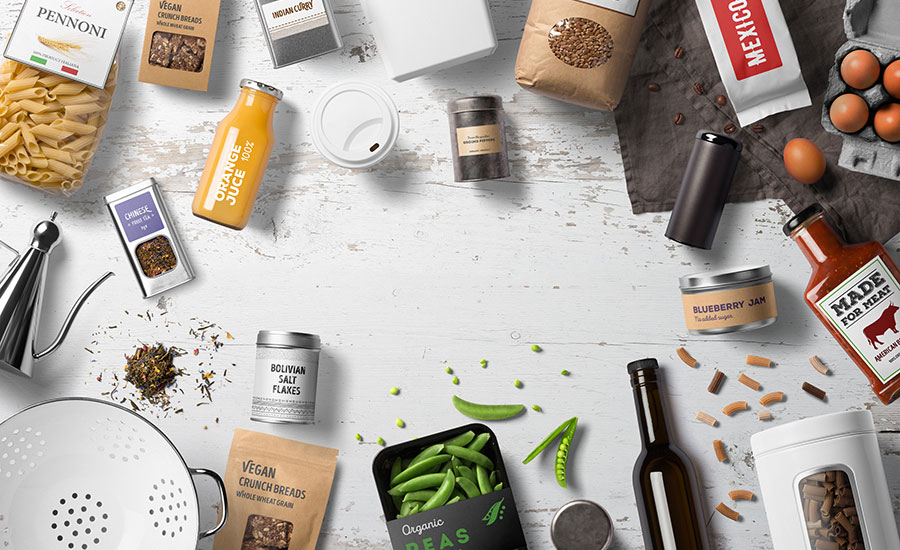Months from the start of the COVID-19 pandemic, there appears to be widespread transition on the part of brands: leading away from a “hunker down” mentality centered on protecting availability, and instead moving toward a prolific period of new product development and fresh marketing strategies.
It’s also apparent that the further away we get from the onset of this pandemic, the more pressure is mounting on brands to action and progress this transition.
It’s hardly an easy task, however, as the onus is on retailers to keep up with fluctuating public mood and to reflect an ever-changing landscape. Brand stewards and marketing managers have the challenging, and at times unenviable, task of keeping pace with current lifestyles. Their success at doing so is not just predicated on their understanding of the product, past performance or penetration of a particular category or range. It’s also built on their ability to be empathetic and to tap into entirely unprecedented collective experiences, using these insights in order to drive their approach to NPD, rollout and marketing.
Taking a good look at consumers, many are still sheltering or working hard to shield and protect the vulnerable, while others are making fresh resolutions, vowing to lead cleaner, more meaningful and more sustainable lifestyles. Some are finding newfound motivation in wellbeing, while others are staving off isolation, loneliness and poor mental health.

Image courtesy of Equator Design
The reactions to the pandemic are diverse and vary dramatically across states and regions. As part of the packaging supply chain, our aim is to help brands evolve their offering to align with current needs. Currently, this is raising the language around community mindedness as well as being responsive to widespread uncertainty when it comes to spending long periods in the supermarket or venturing out to public places.
Designing for Those Who Are Sheltering
Everyone has struggled with packaging at one point or another — grabbing a knife to slice open an unwieldy plastic packet or asking someone in your family to read tiny font for you.
Although all consumers struggle with packaging, the aging population, arthritis sufferers and consumers with disabilities have the greatest difficulties. However, in these challenging times, when those who are vulnerable find themselves sheltering alone, waiting for someone to come and open a container simply isn’t an option.
For these reasons, prioritizing the packaging’s ergonomics, i.e. designing the packaging around human use rather than expecting individuals to adapt to the design of the packaging, is now an imperative. Packaging designers must consider use by vulnerable communities throughout the project delivery cycle to reduce the risk of injury, as well as the reduction of stress and hardship. This necessitates working with a packaging design team that has a deep understanding of relevant design requirements and the ability to implement the latest research on ergonomic design.
Choosing Local and Taking a “Whole Person” Approach
Throughout the pandemic there has been widespread emphasis on supporting local businesses. The packaging of locally sourced products can support this by highlighting the communities that grow or manufacture our food and drink.
The public has a new appetite for uplifting stories, and this is bolstered by our shared need for human connection. Highlighting the “human side” of our businesses has never been more vital, and putting a face on our products — literally and figuratively — is an extremely effective way to connect with consumers.
Small producers are already struggling, with potential catastrophe looming: the National Sustainable Agriculture Coalition reports that farms could see a decline in sales by as much as $688.7 million in the wake of the pandemic. Many are rushing to adapt, however, pivoting from supplying restaurants, specialty shops and schools to selling directly to customers. They’re trying out new ways of interacting, too, such as no-touch deliveries and drive-through pickups.
Throughout the COVID crisis and beyond, demonstrating support for small businesses and impactful supply chain players will be a key area for building brand equity. This must manifest in real-world approaches such as support programs and initiatives. The communities of line employees, the pickers and factory floor workers within those areas of provenance can and should be part of the human face of the business. Showing this via the packaging, supportive POS artwork, photography and across a host of deliverables work to bring that messaging home.
So how can brands action their insights and the trends that have accelerated as a result of the pandemic? A strong brand architecture and clarity around the proposition, purpose and key messaging of the brand are crucial. What’s also important, but perhaps less often considered, is that they must have access to the expertise and ability to deliver from their branding and packaging partners in order to make swift decisions and progress from strategy to shelf at speed. This requires placing significant trust in their branding and packaging design teams, and having a close and reliable working relationship.
These relationships are key to evolving the offering, and will continue to be extremely important in the new year as retailers become even more competitive in a bid to entice greater numbers of consumers and make up for any perceived lost ground from this year. 2021 is an open battleground, but it’s in innovation, awareness of key consumer lifestyles and behaviors, and solid retailer-agency relationships that will decide which retailers will come out on top.

